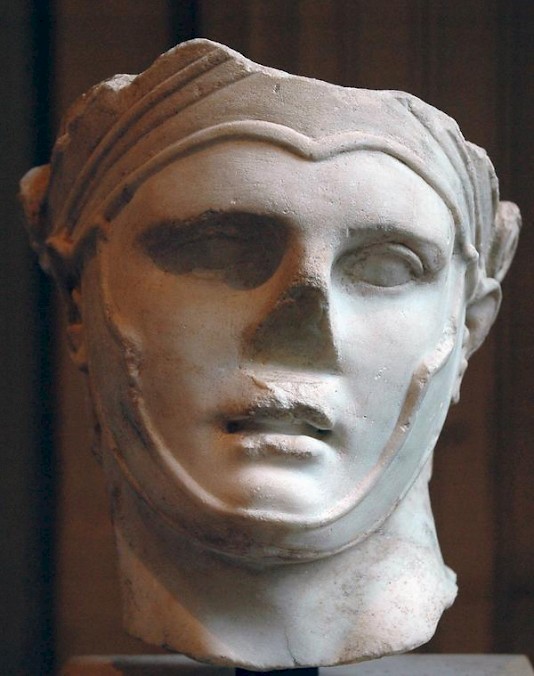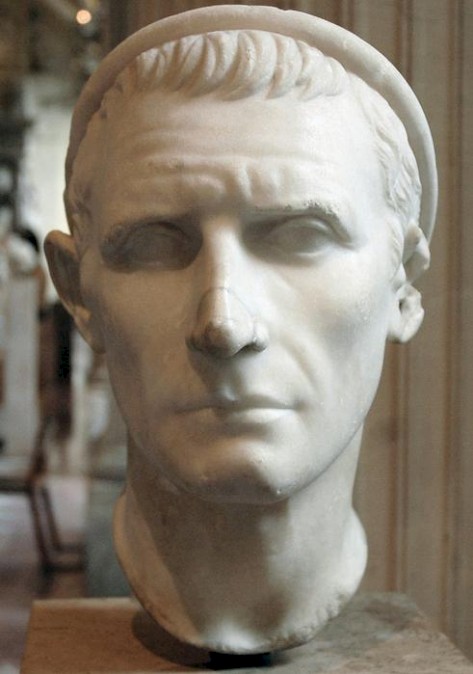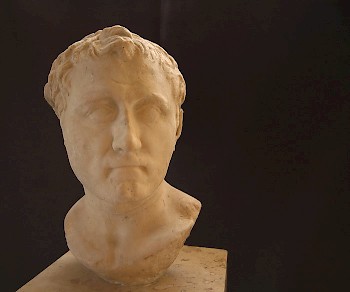Seleucids
Q705904Seleucid Empire: one of the successor states after the death of Alexander the Great. Its official name was "Asia".

After the death of Alexander the Great in the afternoon of 11 June 323 BCE, his empire was divided by his generals, the Diadochi. One of them was his friend Seleucus, who became king of the eastern provinces - more or less modern Afghanistan, Iran, Iraq, Syria, and Lebanon, together with parts of Turkey, Armenia, Turkmenistan, Uzbekistan, and Tajikistan. His kingdom was to have two capitals, which were founded in c.300: Antioch in Syria and Seleucia in Mesopotamia. Babylon and Seleucia in Pieria were other important cities.

The empire was, like the empire of Alexander, the continuation of the empires before: the Assyrian, Babylonian, and the Achaemenid Empire. This continuity is not in doubt, but scholars disagree about the question whether the Seleucids deliberately presented themselves as successors of the Achaemenids and intended to use the old structures.
Seleucus' reign lasted from 312 to 281 (more...), and he was succeeded by his descendants, who continued to govern this assembly of countries for more than two centuries. However, in the mid-240s, during a brief interregnum, the Seleucids started to lose territory in the east, where the Parni nomads settled themselves in the satrapy of Parthia in northeastern Iran. At the same time, the satrapy of Bactria (northern Afghanistan) became independent. Later, the Seleucid king Antiochus III the Great was able to reconquer these territories, during a series of eastern wars between 209 and 204. In the southwest, the Seleucid kings fought several "Syrian wars" with the Egyptians; in 200, their king was forced to cede Coele Syria to Antiochus III. Seleucid power had reached its zenith. Yet, Antiochus was also forced to witness the beginning of its demise.

In 196, he crossed the Hellespont in order to add Thrace to his empire (which happened in 194). Seleucid influence in Europe, however, was something that the Romans could not allow to happen, and the inevitable war between the two superpowers broke out in 192. Antiochus received support from many Greek towns and help from the famous Carthaginian general Hannibal, but was defeated and forced to pay a tremendous sum of money. Moreover, the Seleucid empire lost its possessions in what is now Turkey.
The tide was now turning against the Seleucid monarchy. In the west, Rome became too powerful to resist. Worse, they backed the Jews, who liberated themselves in the years after 165 (the Maccabaean revolt). At the same time, the Parni founded the Parthian empire, which snatched away the eastern provinces. The towns in Babylonia, a.o. Seleucia and Babylon, were captured between April and June 141. New losses followed, civil wars between two rival factions of the Seleucid family were inevitable, and in the second quarter of the first century, the Roman generals Lucullus and Pompey the Great made an end to the Seleucid kingdom. The last king was dethroned in 64.

The official name of the kingdom was Asia, but the Romans called it Syria.
A list of Seleucid kings can be found here.
Literature
- Amelie Kuhrt and Susan Sherwin-White, From Samarkhand to Sardis. A new approach to the Seleucid empire, 1993 London.
- G.F. Del Monte, Testi dalla Babilonia ellenistica. Vol. 1. Testi Cronografici. Roma 1997, 213-259.
- Bert van der Spek, "New Evidence from the Babylonian Astronomical Diaries Concerning Seleucid and Arsacid History" in: Archiv für Orientforschung 44/45 (1997-1998) 167-175.